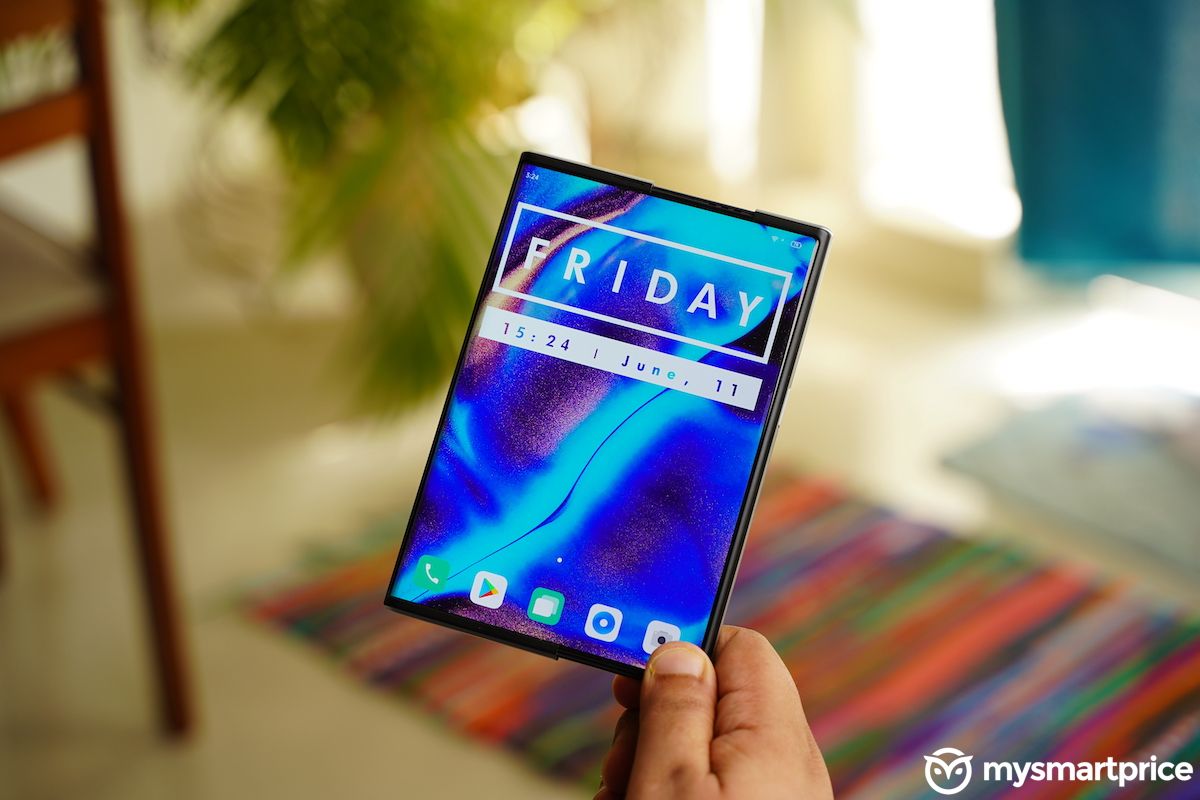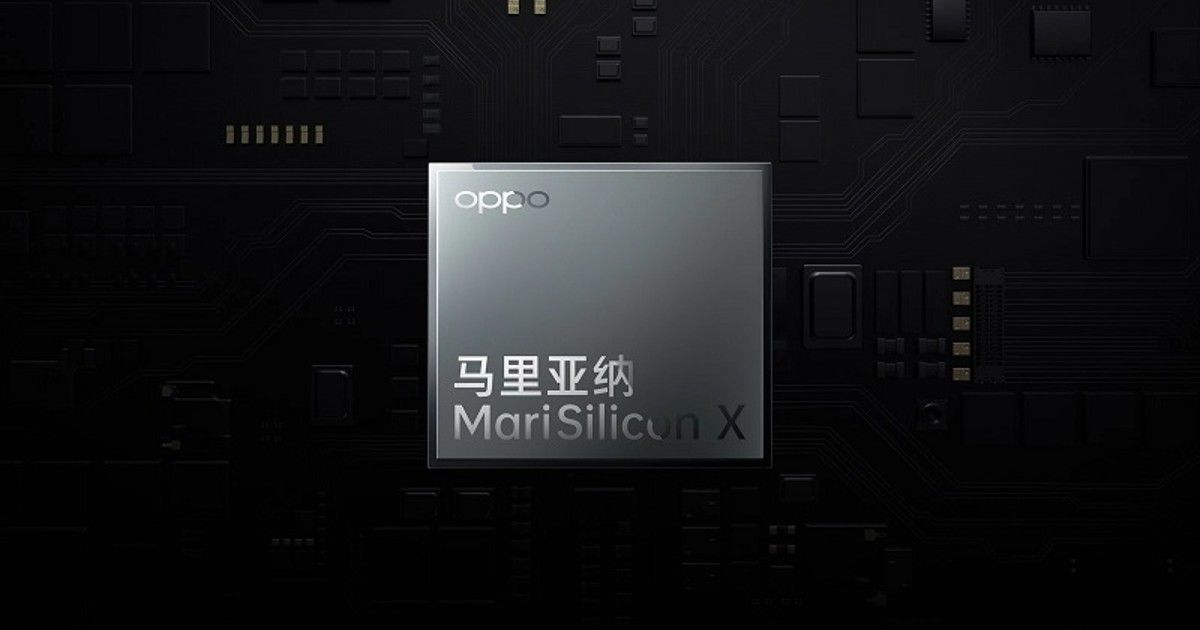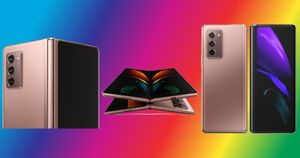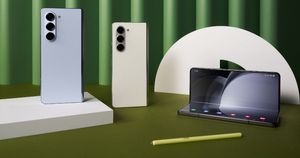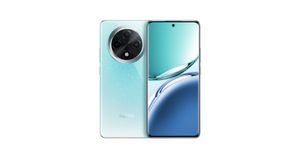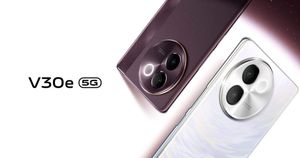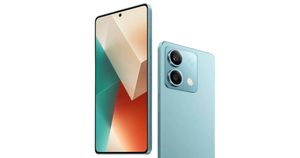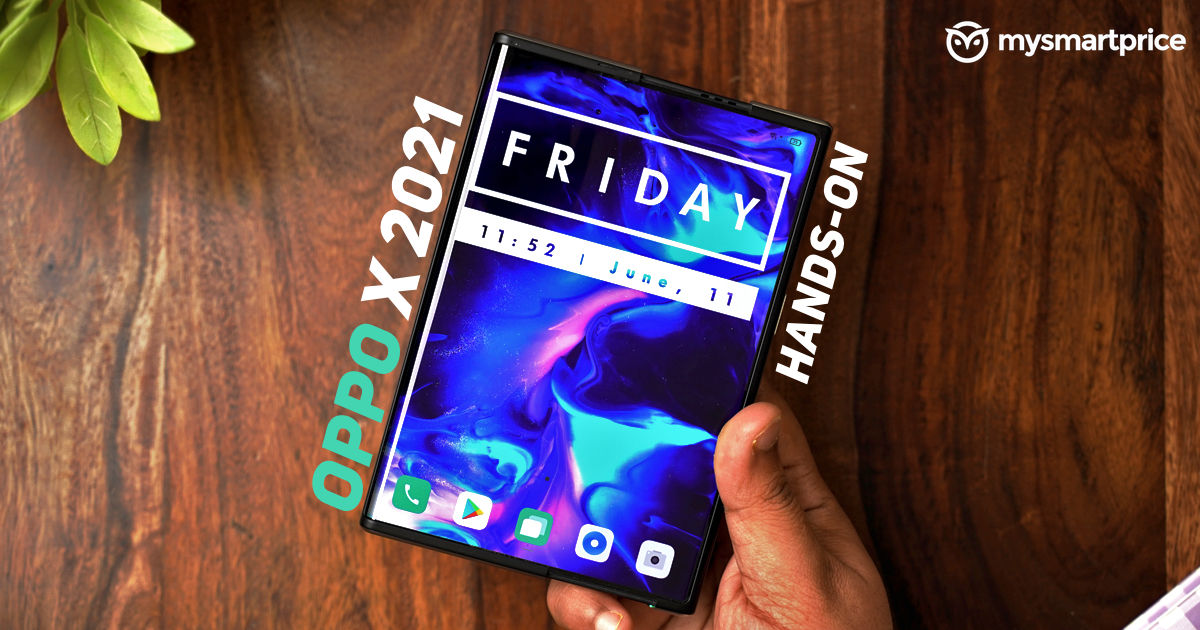
Since the first iPhone launched back in 2007, the candybar form factor has stifled design innovation in smartphones. Brick after brick of smartphones have come and gone and rarely, if ever, has a smartphone design made you go…Wow!
Enter Samsung, Huawei, and Xiaomi with their folding phones. With one swift motion, your smartphone could now turn into a tablet with a big screen. Samsung and Motorola also introduced a Flip form factor. Essentially, these were flip phones of the past, as made popular by the Moto Razr series, being resurrected.
But recently, I had the privilege of testing an early concept of the rollable phone prototype made by OPPO. The OPPO X 2021 is cutting edge innovation. If this is the future of smartphone design, I can’t wait for it to become a reality soon.
Design
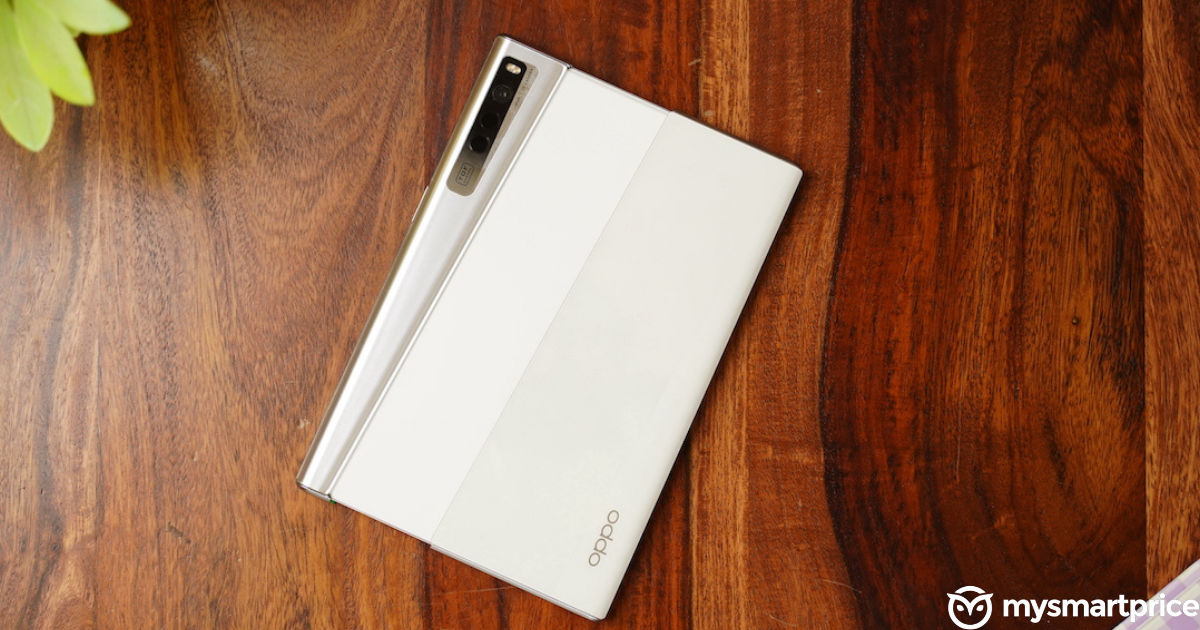
The OPPO X 2021 in its normal state is your nondescript candybar smartphone with a 6.7-inch tall display. But, when you open it up like a scroll, it turns into this larger 7.4-inch square-ish form factor panel. Now, how does this happen?
- Firstly, OPPO uses a new kind of continuous variable OLED screen. Basically, it is a screen that can stretch and expand. It is just some fine display engineering voodoo on showcase here.
- Now, this stretchable OLED screen is placed “unstretched” on a Roll Motor Powertrain which includes a couple of drive motors that can generate a constant force output to expand and retract the display.
- But, the display actually rolls into and out of a 6.8mm axis and slider. It follows a fairly smooth arc.
- Then there is the 2-in-1 plate with a comb like structure that can support the display in both – its extended and retracted – states.
- Plus there’s a combination of a fixed and a sliding frame. When the display expands, the sliding frame along with the rear battery cover moves the panel seamlessly.
To expand or retract, all you need to do is double press the power button. Or, you can even swipe up to expand and swipe down to retract. But, the swipe gestures were generally iffy compared to the double press option. Anyway, the motion itself feels smooth, gentle, and slightly slow. And yes, you can hear the faint sound of the whirring motor when the display unravels.
The rear is split into two parts by an angular line that when expanded, reveals the internal plate, which – by the way – sounds hollow when tapped. As expected, the phone does feel heavy but that’s okay considering all the tech inside it. It doesn’t feel unwieldy and that, in and off itself, is enough.
That said, I do have a few gripes with the current design:
- If you are right handed, you don’t have enough surface area to grip the phone in single handed usage. That’s because the strip of top plastic, which also includes the flush camera module, reveals itself when the screen is expanded. And, it is much slimmer in size compared to the other, larger, piece of plastic. Therefore, it feels awkward to hold when you expand the display. It is bound to feel like it will topple over any time. The same is not true if you hold it with your left hand. Obviously, because of more surface area.
- Plus, the split itself reveals sharp edges at the top and the bottom. There were a couple of occasions when my little finger got caught in between the split while the display was retracting. I am sure OPPO will fix these issues in a commercial release.
- Oddly, there is no volume rocker. Don’t know why that’s the case though.
All said and done, I feel this form factor of an opening scroll feels more natural, intuitive, and seamless. And, when the technology progresses I feel it’ll be easier to make slimmer scrollable phones than foldable phones. By the way,
Display, User Interface and Applications
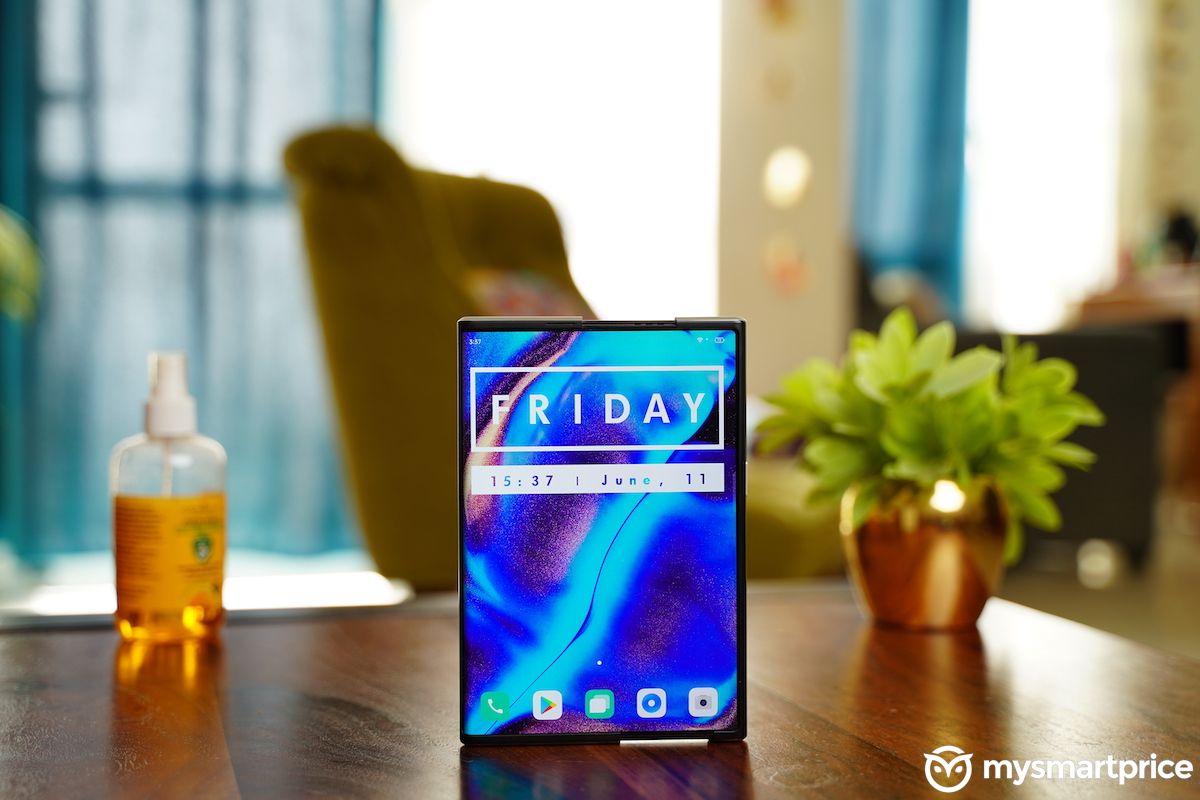
Now, the display itself feels extremely strong and tight. That’s because OPPO has also added a strong laminate process. Allow me to share my experience with the display in my time with the phone:
- There is a crease but it is extremely faint and mostly not visible. It’s way more invisible compared to a foldable phone. Although, it does tend to accumulate dust easily due to the slight indentation.
- OPPO doesn’t cut any corners in terms of the specs. You get a QHD panel with HDR support. It gets bright and colourful. Looks extremely crisp. Plus, the 120Hz refresh rate ensures that you just glide through the UI.
- But yes, there is definitely a very prominent green colour bleed at the curved part of the display wrapped around the axis. And, to add to that, there’s definitely a ghost touch problem.
- The larger, expanded form is a treat for reading, watching videos, and playing games.
- Most apps use a cross dissolve animation to accommodate the aspect ratio change when the screen is expanded, and vice versa. But, in Call of Duty, when you expand the screen while the game is playing, it stretches the visuals and tends to stay that way. However, the aspect ratio of the game was maintained when I started it directly in the expanded mode. This is just a matter of writing in the app or the game’s code to flip the switch on the aspect ratio. Because the other UI element, including my third party Overdrop widget, just seamlessly changes the aspect ratio to fit the two different modes.
- In the UI, split screen multitasking feels absolutely great. But, I wish OPPO had added a few more options to enable deep multitasking. However, OPPO’s Setting app can actually use the expanded mode to show the menu in a pane on the left and the actual settings option on the right.
- Plus, there’s something called Parallel Spaces which works within the Twitter app. Essentially, it splits the screen in two to show your tweets in one split and a profile or settings or anything else in the other. All of this happens pretty intuitively.
Also Read: Google, Vivo, Xiaomi Tipped to Launch Foldable Smartphones By End 2021: Report
Other Features
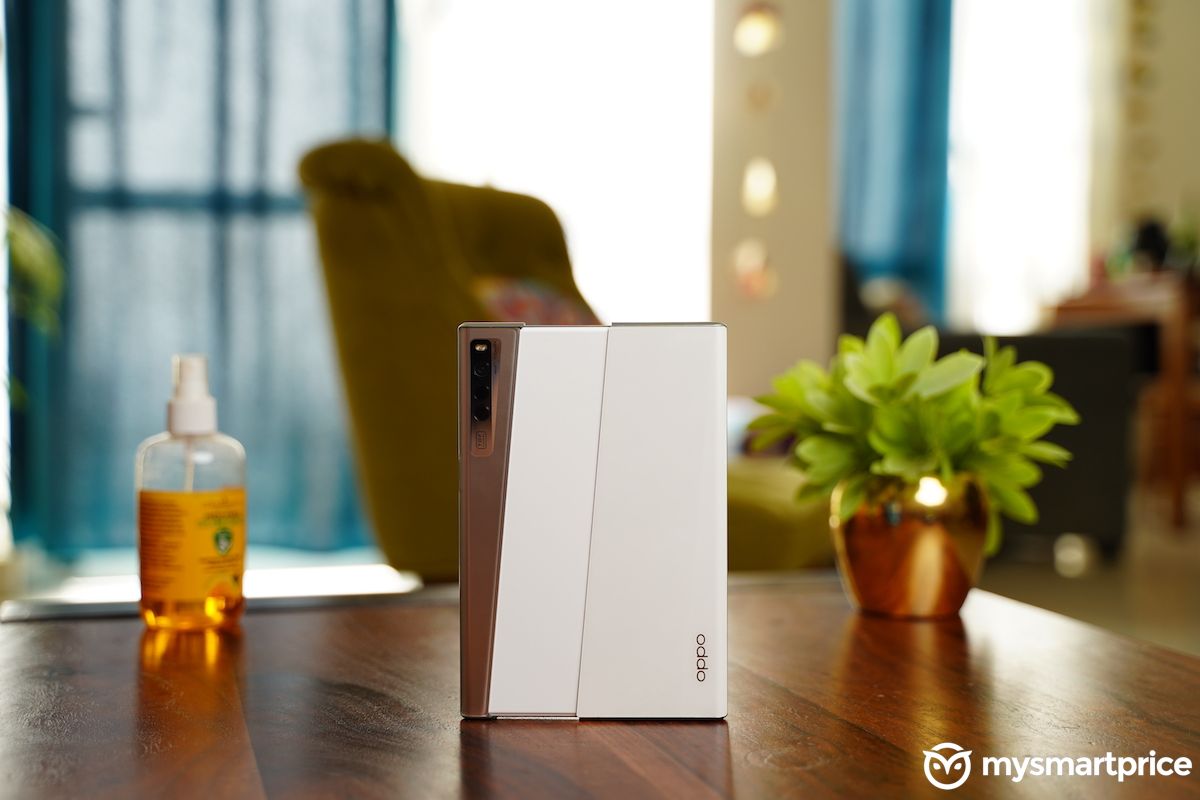
Since this is a concept phone, the specs don’t really matter. If and when a commercial launch happens, I’m sure OPPO will use the latest and the greatest Snapdragon chip. For what it is worth, this one has a Snapdragon 865 SoC and a 4000mAh battery.
What I wanted to highlight however, were the speakers. Thanks to the size of the phone, it feels like OPPO could add larger drivers and it sounds really loud, full, and crisp, thereby elevating the multimedia experience.
The experience of using the camera, when expanded, is good too. You get to view more of the scene or subject and frame it better too.
Conclusion
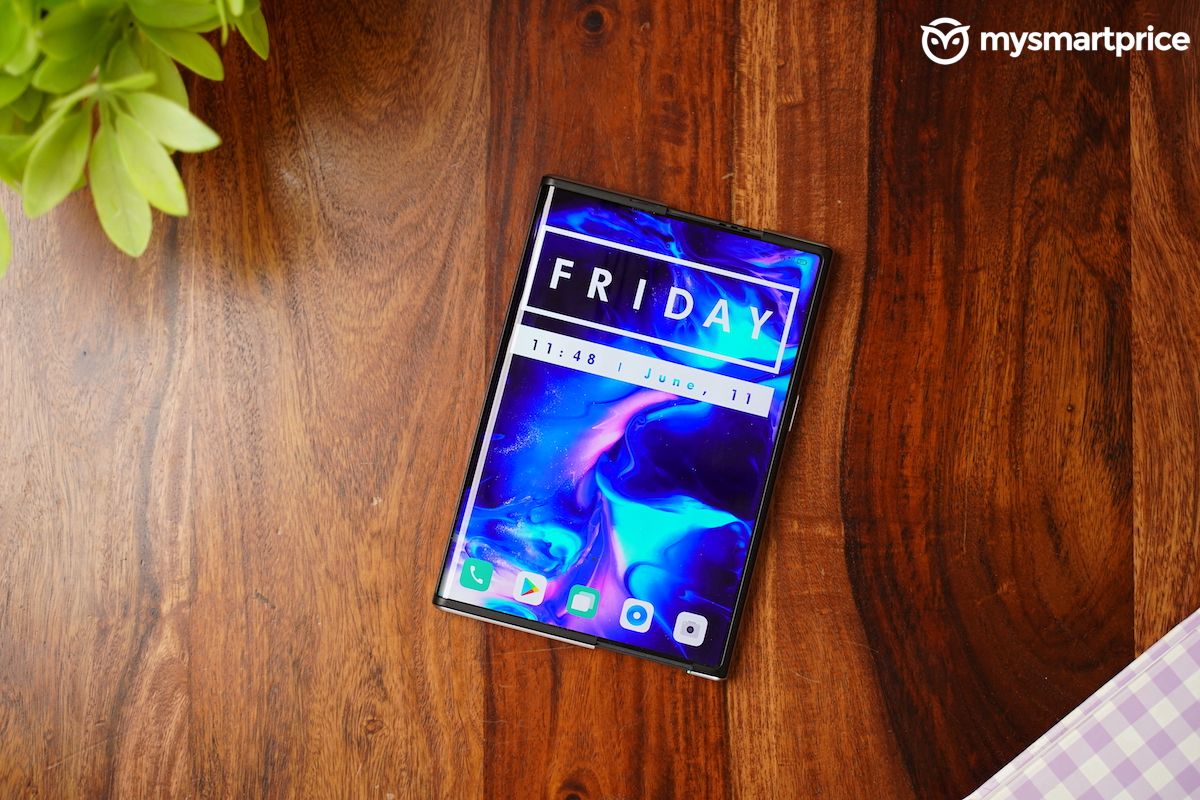
OPPO has a stunner here with this rollable phone concept. I’m genuinely more excited for a commercial release of such a form factor in smartphones. You know, unlike a foldable phone, the OPPO X 2021 truly turns your nondescript candybar smartphone into a tablet with the press of a button.
The only concern is the mechanical parts involved. Which, obviously, have limited shelf life compared to a foldable, which can be manually unfolded directly along the axis instead of using motors. Although, OPPO’s engineers are working towards an option to manually expand or retract the screen, which will give users varying sizes instead of just 6.7-inches or 7.4-inches. Plus, better longevity.
Currently, OPPO claims the phone can withstand 100,000 expansions and retractions, which is approximately 5 years of light use and 2-3 years of heavy use. That number feels slightly on the lower side but the tech is bound to improve and I have to keep reminding myself – “this a concept.” And that’s also because, even in its current state, it feels ready for the market, honestly.
What did you think of the OPPO X 2021? Tell me in the comments.

